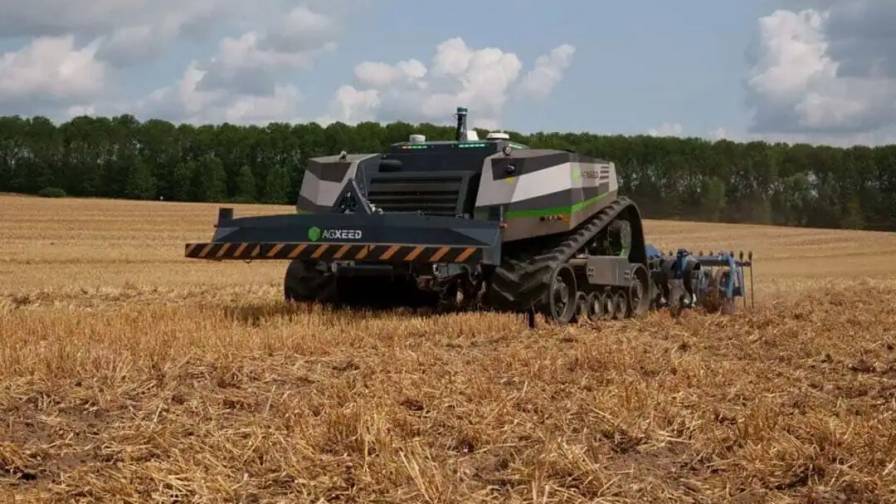The What and Why of Benchmarking Data in Agriculture
Data management continues to grow in agriculture, and the opportunities for learning about decisions made, individual fields, and management practices have made many advances in the last few years.
One of the growing fields of data management for decision making has been the use of aggregated and anonymous benchmarking data to compare practices on farm to practices across others. These benchmarking pools allow producers to view the performance across their farm to similar operations and conditions across multiple geographies to identify where they sit compared to others in the area anonymously, while providing opportunities to gauge how changing practices, such as seed selection or nutrient management, could impact their fields and farm without the use of multiple plots on farm.
Benchmarking has emerged from multiple companies, to help turn the world into your test plot, and gauge decision making and those next steps in production and profitability increases.
Benchmarking Use Examples
- Viewing seed performance across similar field conditions
- How did other fields in my area perform with the same seed variety or hybrid? Was the poor performance due to the seed or other management decisions I made? Was the great performance of the seed similar on other farms?
- Seeing seed variety/hybrid stability across geographies
- Is the hybrid/variety stable on yield performance nationally, or regionally in my area?
- Identifying planting and seeding populations for individual fields and soils
- Which populations performed the best and why? Did nutrient management and irrigation change the seed final performance?
- Comparing planting and seeding depths across yield performance
- How did weather conditions impact my yields?
- Seeing which planting dates had the biggest effect on final yield
- Was there a sweet spot or relative maturity for this season?
- Viewing field performance over time for land decisions
- Are my fields consistent over time and performance? Is there a field that continuously performs at the bottom or top?
These are just a few of the pieces of information benchmarking data can provide to help drive insight and decision making on the farm, as well as analyze how the farm performed this year compared to others. Benchmarking data can help come up with more questions on what happened in the past season and give insight into new decisions we can make for the next season. This data can be a powerful tool for coming up with questions and ideas for the coming season but should be consulted with on agronomic decisions to ensure no hidden answers or disclaimers are in the dataset and selection of parameters. Setting up filters and getting the right decisions to make is critical to using these datasets effectively.
MORE BY SCOTT SPECK
Benchmarking will continue in the coming years as a way of gauging performance in field agriculture and learning more about farm operations will help to drive decision making and using the data to unlock new answers each season.










